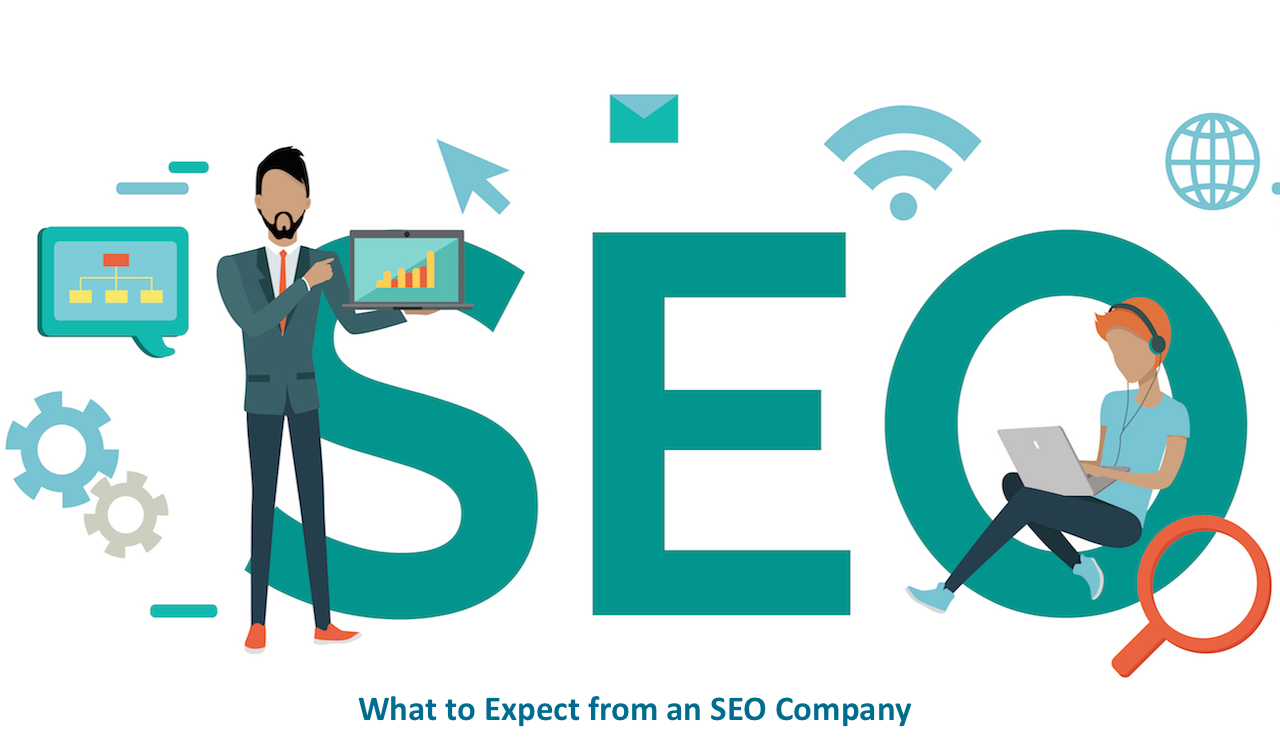Entity-Based SEO: Leveraging Knowledge Graphs and Semantic Search

Search engine optimization (SEO) has evolved significantly over the years. One of the most transformative shifts is the rise of entity-based SEO, which focuses on connecting concepts, people, places, and things in a way that allows search engines to better understand and categorize content. Central to this concept are knowledge graphs and semantic search—two critical components that have changed how search engines interpret and rank content.
This article will dive into entity-based SEO, explore how knowledge graphs and semantic search work, and offer strategies for leveraging these concepts to improve your website’s visibility and ranking in 2024.
What is Entity-Based SEO?
Entity-based SEO in Abu Dhabi moves beyond keywords and focuses on concepts and relationships between entities. An entity is defined as anything that can be distinctly identified, such as a person, a place, an organization, or a concept. In entity-based SEO, search engines look to connect and understand entities through structured data, rather than just relying on keywords.
Google introduced entity-based search with its Hummingbird update in 2013, emphasizing the importance of context, meaning, and relationships between entities. The result is semantic search, which focuses on the intent behind a query rather than matching it word-for-word with website content.
Entities provide a structured and meaningful way for search engines to interpret content, which makes it easier for users to find what they’re looking for—even when their search queries are complex or vague.
The Role of Knowledge Graphs in SEO
Google’s Knowledge Graph is a database of interconnected entities that helps the search engine understand and present more accurate and relevant search results. Launched in 2012, the Knowledge Graph collects data from multiple sources (like Wikipedia, Wikidata, Freebase, and others) and organizes this information into entities that are related to one another.
The Knowledge Graph appears in search results as Knowledge Panels, rich snippets, and other enhanced features, providing users with quick answers to their questions. For example, if you search for “Leonardo da Vinci,” the Knowledge Panel will display information such as his birth date, notable works, and other related entities.
From an SEO perspective, getting your brand, business, or content into the Knowledge Graph can dramatically improve visibility, credibility, and authority. This is especially true for branded searches, as users will encounter a more complete profile of your business or entity.
Understanding Semantic Search
Semantic search is a method of delivering more relevant search results by understanding the meaning and context behind a user’s query, rather than just matching keywords. This approach allows search engines to understand synonyms, related terms, and the user’s intent, resulting in more accurate search results.
Google uses semantic search to interpret long-tail keywords, natural language queries, and voice search. It’s no longer enough to target a single keyword; you need to optimize content around topics and entities that are related to one another. The goal is to provide value and context that satisfy the user’s search intent.
How Knowledge Graphs and Semantic Search Improve SEO
When combined, knowledge graphs and semantic search improve SEO in several important ways:
- Enhanced Search Features: Content featured in the Knowledge Graph gains visibility through rich snippets, Knowledge Panels, and other SERP features, increasing click-through rates.
- Better User Experience: By delivering more accurate, contextually relevant results, semantic search enhances the user experience, which can lead to lower bounce rates and higher engagement.
- Improved Relevance: Entity-based search makes it easier for search engines to connect your content with related topics, improving its relevance for complex queries.
- Voice Search Optimization: As voice search continues to rise, semantic search becomes even more crucial. Users tend to use natural language when speaking to search assistants, making it essential to optimize content for intent-based queries rather than strict keyword matches.
- Authority and Trustworthiness: Entities connected to authoritative sources or recognized as part of the Knowledge Graph can boost a site’s credibility in the eyes of both search engines and users.
Key Strategies for Leveraging Entity-Based SEO
To optimize your website for entity-based SEO, it’s essential to adapt your approach and create content that search engines can easily interpret, understand, and connect to relevant entities. Here’s how to get started:
1. Structured Data Markup (Schema.org)
Structured data is a way of annotating your website’s content so that search engines can easily understand the relationships between entities. By using schema markup (such as Schema.org), you provide additional context about your website’s content, making it easier for search engines to include your content in the Knowledge Graph.
For example, if you run a local business, adding schema markup for your business information (such as the name, address, phone number, and operating hours) can improve your chances of appearing in local Knowledge Panels.
Actionable Steps:
- Implement schema markup relevant to your business type, such as
Organization,LocalBusiness,Product,Article, orPerson. - Use Google’s Structured Data Testing Tool to verify that your schema markup is correctly implemented.
2. Build Authority and Earn Mentions from Authoritative Sources
One of the primary ways Google adds entities to its Knowledge Graph is through trusted, authoritative sources. Getting your business or brand mentioned on high-authority websites (like Wikipedia, well-regarded publications, and government sites) can improve your chances of being recognized as an entity.
Actionable Steps:
- Earn backlinks from authoritative domains through digital PR, guest blogging, and content partnerships.
- Ensure your brand or website is listed on reputable directories and sources relevant to your industry.
3. Focus on Topic Clusters Instead of Keywords
With the rise of semantic search, it’s more important than ever to focus on topic clusters—groups of interrelated content that cover a subject comprehensively. This allows search engines to recognize the depth of your knowledge on a particular topic, which increases your chances of being seen as an authority.
By connecting content that covers different aspects of the same entity, you improve the overall context and relevance of your website.
Actionable Steps:
- Create a pillar page that covers a broad topic, and support it with related cluster content that dives into more specific subtopics.
- Interlink your topic cluster pages using natural anchor text, helping search engines and users navigate your content.
4. Optimize for Semantic Keywords and Natural Language
When optimizing for semantic search, focus on using natural language and long-tail keywords that match user intent. This includes answering common questions, using synonyms and related terms, and structuring your content to provide comprehensive information.
Instead of just focusing on short, high-volume keywords, consider the context of how users search for information and optimize your content to meet those needs.
Actionable Steps:
- Use tools like AnswerThePublic or SEMrush’s Keyword Magic Tool to discover long-tail, natural language queries.
- Structure your content with clear headings, subheadings, and questions to address different user intents.
5. Claim and Optimize Your Google My Business Profile
For local businesses, a well-optimized Google My Business (GMB) profile is crucial for entity-based SEO. GMB plays a direct role in how local businesses appear in Knowledge Panels and Google’s Local Pack. Ensure your profile is accurate, complete, and regularly updated to improve your visibility in local searches.
Actionable Steps:
- Ensure your business name, address, and phone number (NAP) are consistent across all platforms.
- Encourage customers to leave positive reviews, as these can help boost your authority and relevance in local searches.
6. Create Content That Aligns with Search Intent
Finally, focus on creating content that directly answers users’ questions and aligns with search intent. Whether users are looking for an informational article, product reviews, or a service, structuring your content around what they’re searching for improves your chances of ranking for relevant queries.
Semantic search rewards websites that provide useful, context-rich answers rather than keyword-stuffed articles.
Actionable Steps:
- Use Google’s People Also Ask and related searches to identify common user queries and address them in your content.
- Create rich content that includes FAQs, how-to guides, and comparison articles to cover all possible user intents.
Conclusion
Entity-based SEO is a powerful approach for optimizing your website for modern search algorithms. By leveraging knowledge graphs, semantic search, and structured data, you can improve your site’s visibility, authority, and relevance in 2024.
With search engines focusing more on understanding the relationships between entities and user intent, now is the time to implement advanced SEO tactics that go beyond keywords and help your business thrive in an increasingly competitive landscape.






